Client: Alta Bella & Standard Colors Collaboration
High Point, NC
Project Overview:
This project involved developing the branding, logo, website, packaging concepts, and a dynamic product visualization tool for Alta Bella, a proposed all-natural cosmetic line intended as a subsidiary of Standard Colors, a global manufacturer of pigments, dyes, and specialty chemicals headquartered in High Point, NC. While the line ultimately did not launch due to product formulation issues, the project demonstrates resourcefulness, highlights the challenges of early-stage product development, and underscores the critical importance of validating a product before investing heavily in marketing. The project showcased expertise in branding, website development (using WordPress and WooCommerce), creating interactive product configurators that allow for real-time customization, and utilizing Adobe Photoshop for high-quality asset creation.
Challenge:
The primary challenge was to create a complete brand identity and e-commerce platform for a new cosmetic line before the product formulations were finalized and thoroughly tested. This included designing a logo, developing a website, designing packaging, and providing a way for customers to visualize a wide range of makeup colors and textures online. The client, a subsidiary-to-be of the global pigment manufacturer Standard Colors, was eager to build interest and generate pre-launch buzz, prioritizing marketing materials over comprehensive product testing. A key requirement was to enable the Alta Bella staff to easily create and manage new product variations (colors and textures) within the e-commerce system without needing to create new product photography for each combination. This demanded a dynamic, flexible, and scalable solution.
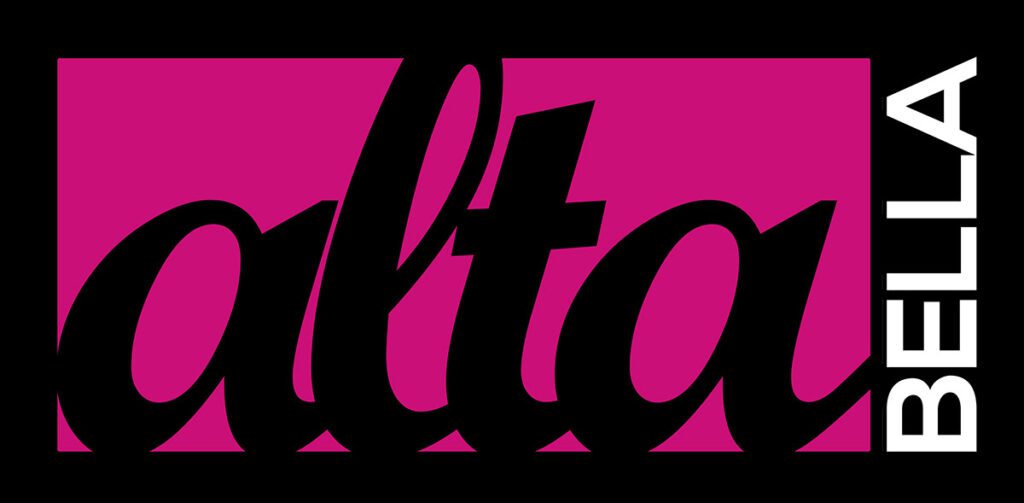
Solution:
To address the challenge of visualizing a potentially vast array of makeup colors and textures without extensive product photography, a dynamic product configurator was developed within the WordPress/WooCommerce environment, leveraging the power of Adobe Photoshop for asset creation.
The WooCommerce Makeup Generator: Dynamic Product Visualization
The traditional approach of photographing every single product variation (color, texture, packaging) would have been prohibitively expensive and time-consuming. Initial estimates for photographing the entire proposed product line ranged from $10,000 to $15,000, and the process would have taken a considerable amount of time. Furthermore, this approach would have created a significant bottleneck for future product development: every new color or texture would require a new photoshoot, adding ongoing costs and delays.
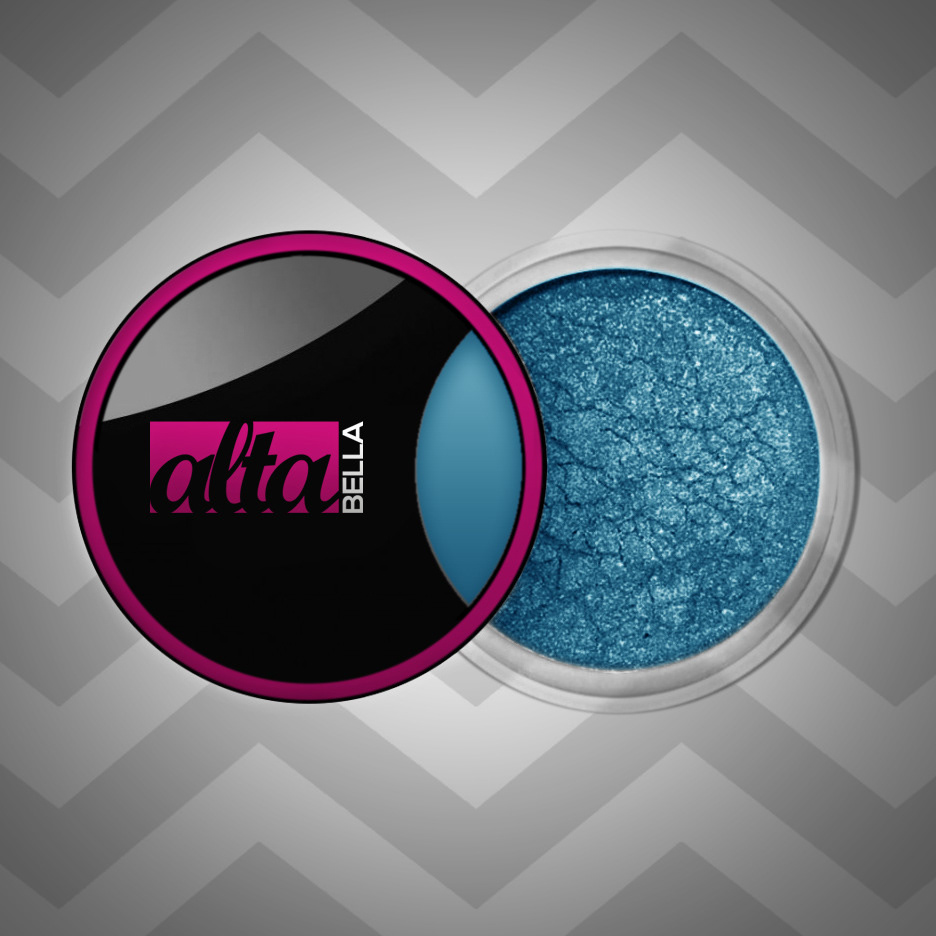
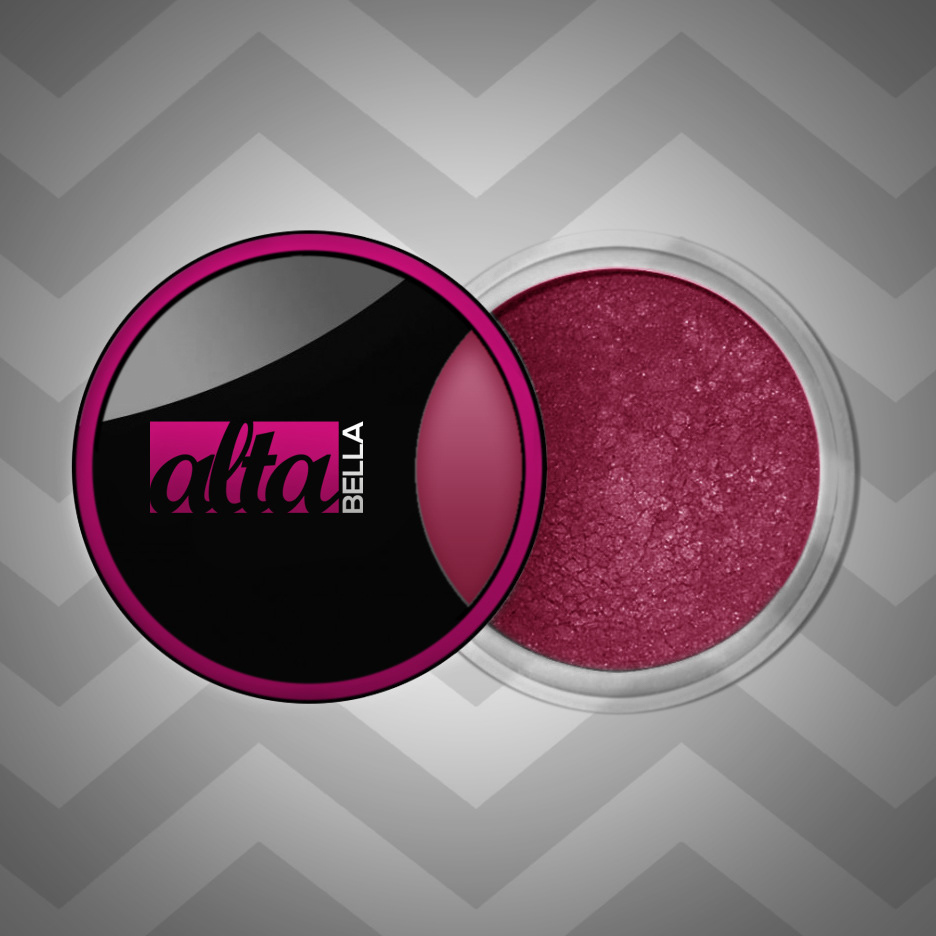
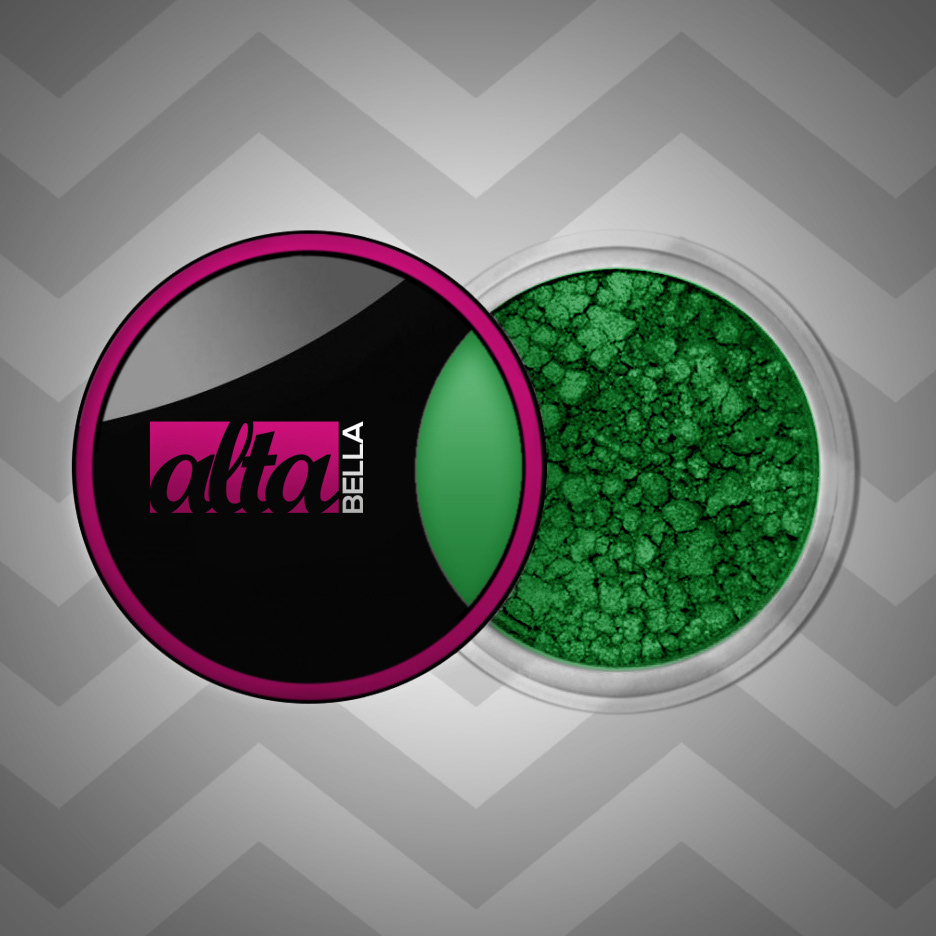
The dynamic product configurator offered a far more efficient and scalable solution. Instead of relying solely on static images, a system was built that allowed Alta Bella staff to:
- Define Makeup Styles: Create new “makeup styles” (e.g., “Smokey Eye,” “Natural Look,” “Evening Glam”).
- Select Colors: Choose colors for each element of the style (eyeshadow, lipstick, blush, etc.) using standard HTML color codes (hex codes). This provided a virtually unlimited color palette, reflecting the extensive range of pigments available from Standard Colors.
- Select Textures: Choose from a pre-defined library of textures (e.g., matte, shimmer, glitter, creamy) that had been photographed and prepared for digital use.
- Generate Mockups Dynamically: The system would then automatically generate product mockups and swatches based on these selections, combining the chosen colors and textures with pre-existing packaging templates. This allowed for the creation of hundreds, or even thousands, of product variations without requiring individual photoshoots for each one.

This system offered several key advantages:
- Cost Savings: Eliminated the need for extensive and costly product photography.
- Time Savings: Drastically reduced the time required to create and update product listings.
- Workflow Efficiency: Streamlined the process of adding new colors and textures to the product line.
- Scalability: Easily accommodated a virtually unlimited number of product variations.
- Made-to-Order Potential: Enabled a “made-to-order” business model, eliminating the need for large upfront inventory investments and reducing the risk of unsold stock.
This system leveraged the flexibility of WordPress and WooCommerce, likely using custom fields and potentially custom code or plugins to achieve the desired functionality and seamless user experience.
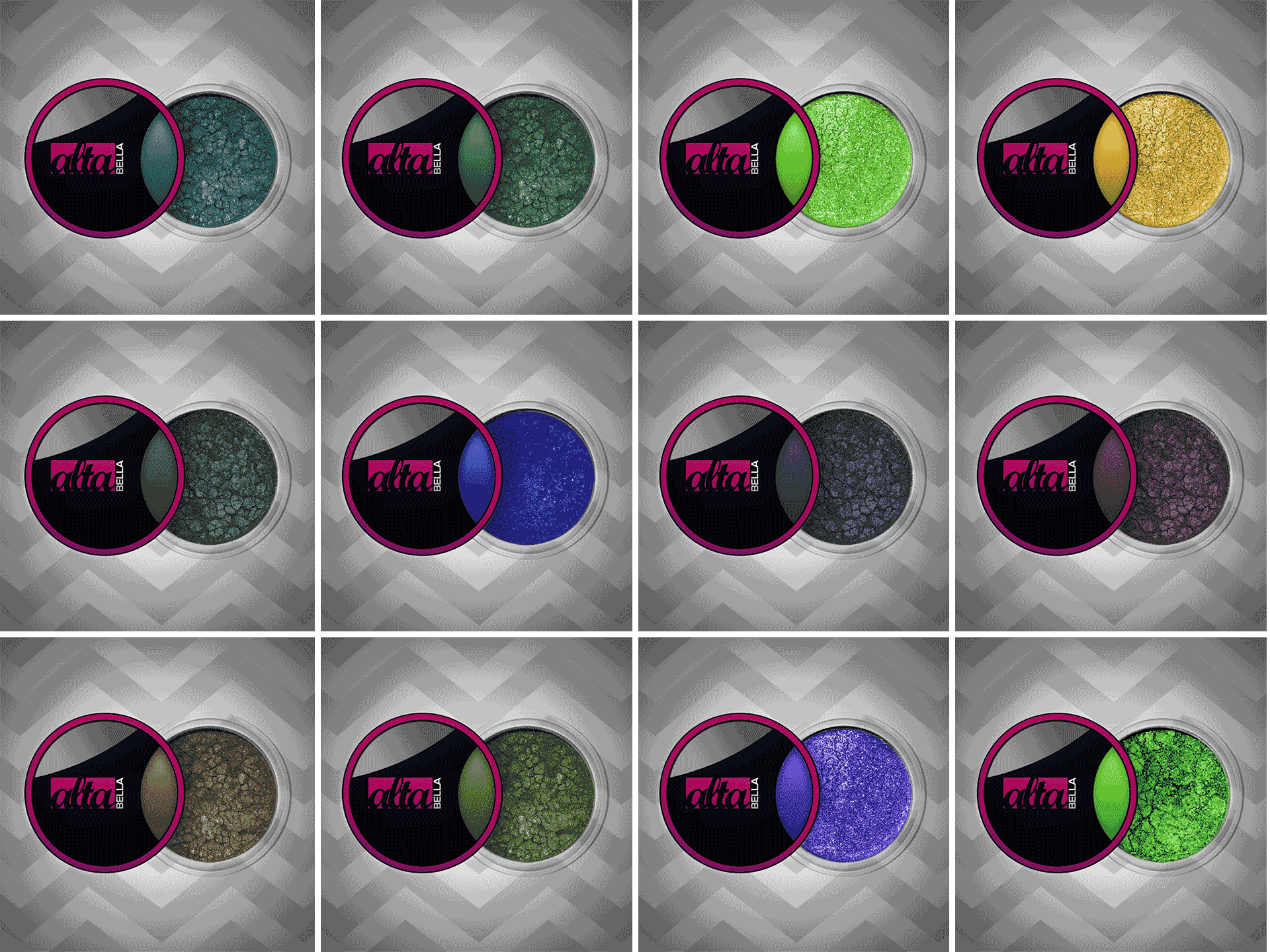
Photoshop’s Crucial Role: Asset Creation
While the final product mockups were generated dynamically within WooCommerce, Adobe Photoshop played a critical role in creating the high-quality assets that powered the system:
- Packaging Templates: Photorealistic, customizable packaging templates were created in Photoshop.
- Texture Preparation: High-resolution photographs of various makeup textures were taken and meticulously processed in Photoshop.
Beyond the Generator: Branding and Website Development
In addition to the dynamic product visualization tool, the project also encompassed:
- Logo Design: A logo for Alta Bella was created, reflecting the brand’s intended positioning as an all-natural cosmetic line. The logo features a stylized, lowercase “alta” in a bold, rounded sans-serif font, contained within a black circle. The word “BELLA” is placed to the right of the circle, in a thinner, more elegant sans-serif font. The circular shape suggests both natural forms and the compact nature of makeup products, while the black and white color scheme conveys a sense of sophistication and simplicity.
- Website Development: A fully functional e-commerce website was built using WordPress and WooCommerce, integrating the dynamic makeup generator.
- Packaging Design
The Importance of Collaboration: Bringing in a Makeup Expert
Recognizing the need for specialized expertise, I collaborated with a professional makeup artist/consultant.
Results and Reflection (Lessons Learned):
While the Alta Bella project ultimately did not proceed to launch due to product formulation issues. The work produced remains a strong testament to design skills, technical expertise, and resourcefulness. It serves as a valuable case study in the challenges of early-stage product development and the critical importance of aligning product quality with marketing efforts.
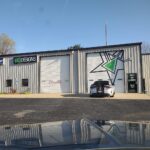
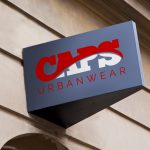
One Comment:
zoritoler imol
March 27, 2025 / at 5:15 pm
It¦s really a great and helpful piece of info. I am happy that you just shared this helpful information with us. Please stay us up to date like this. Thanks for sharing.